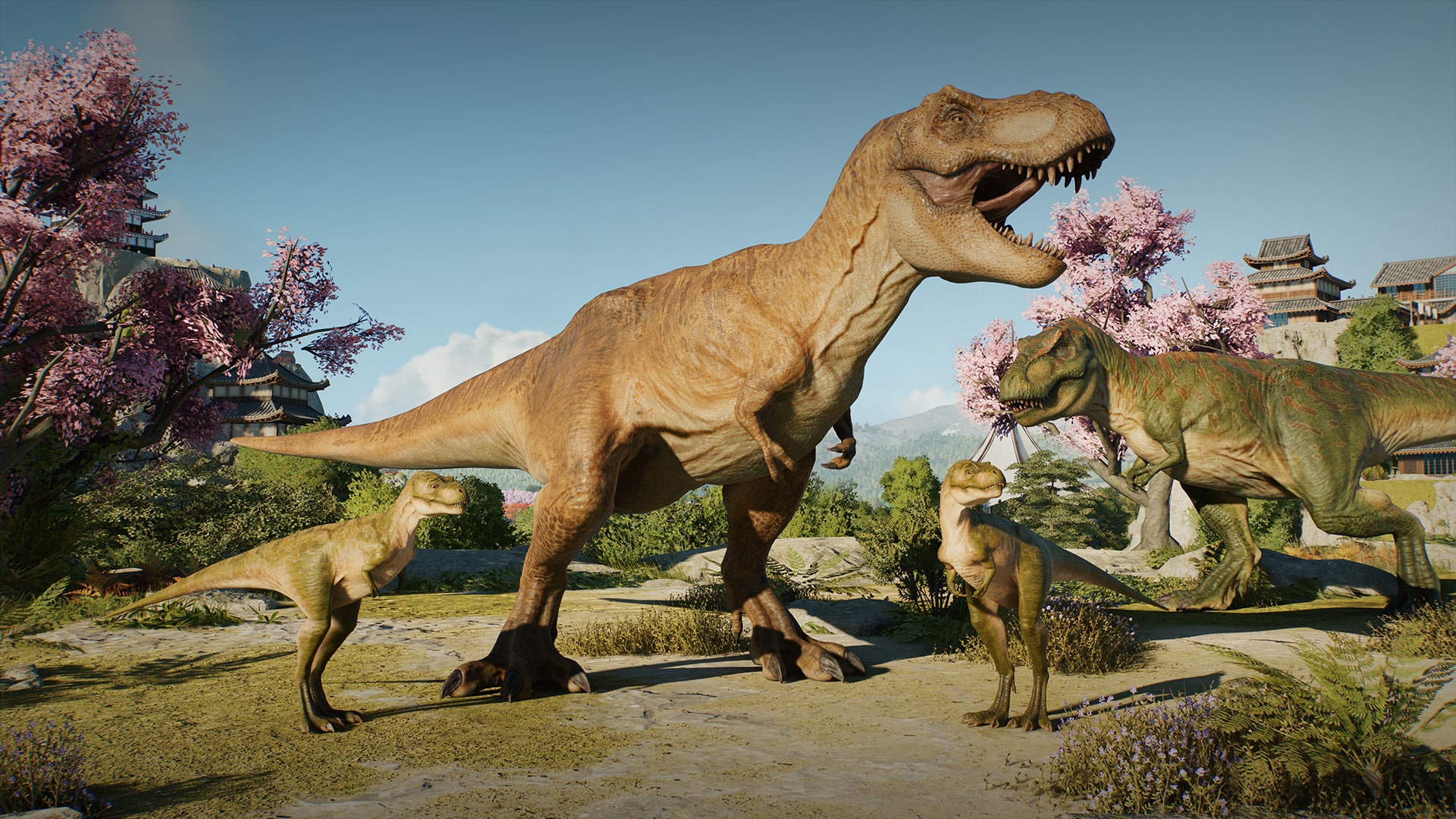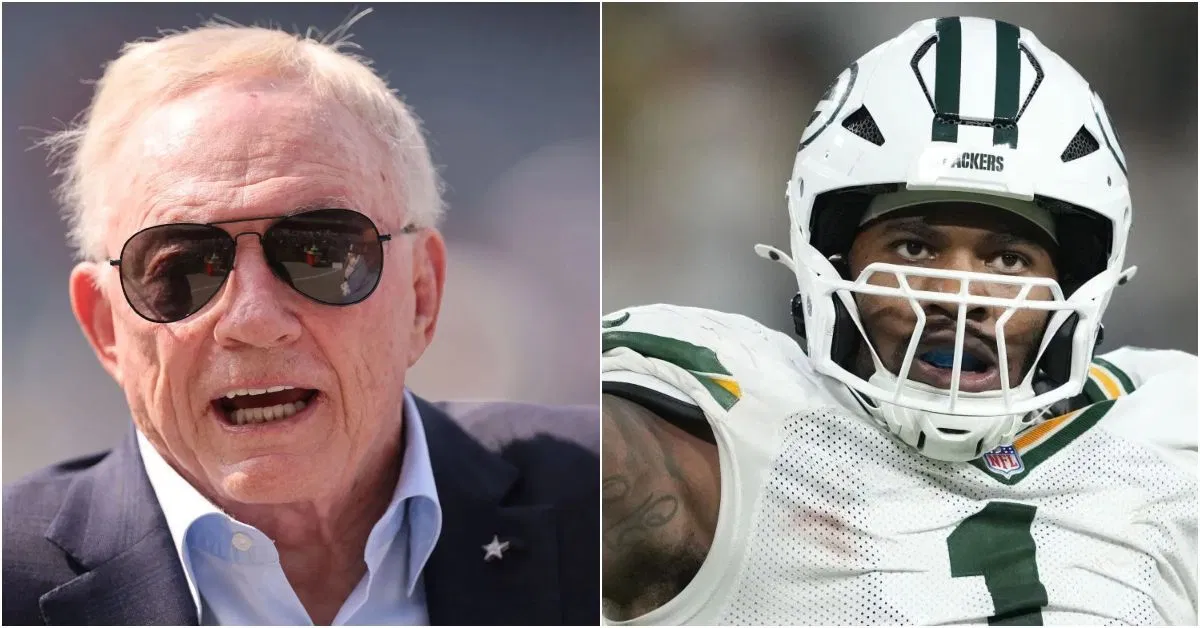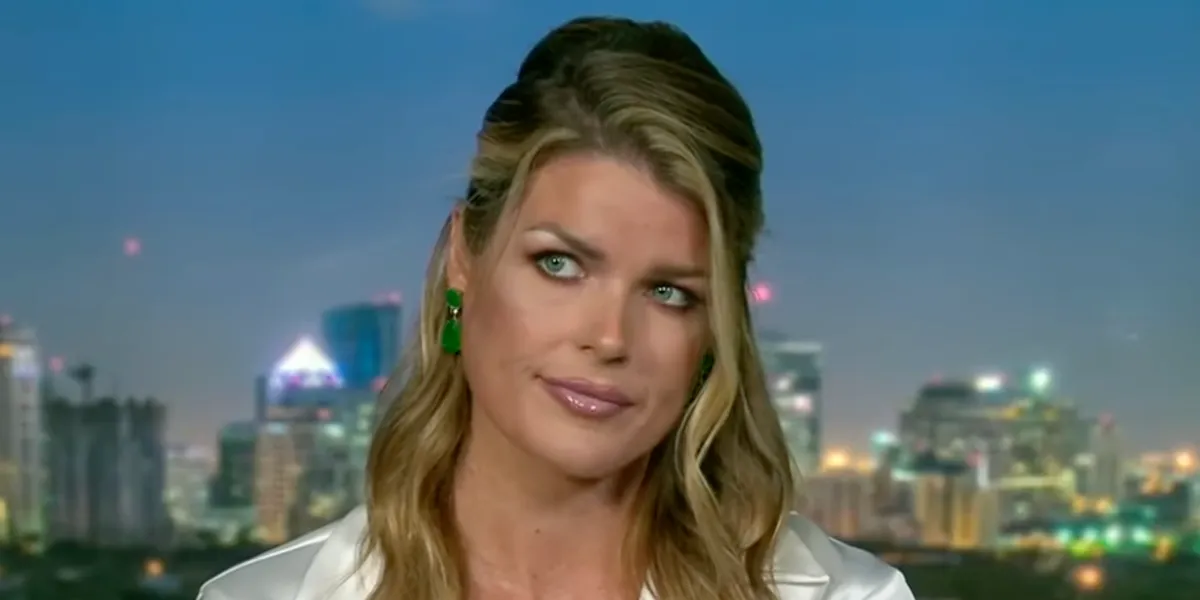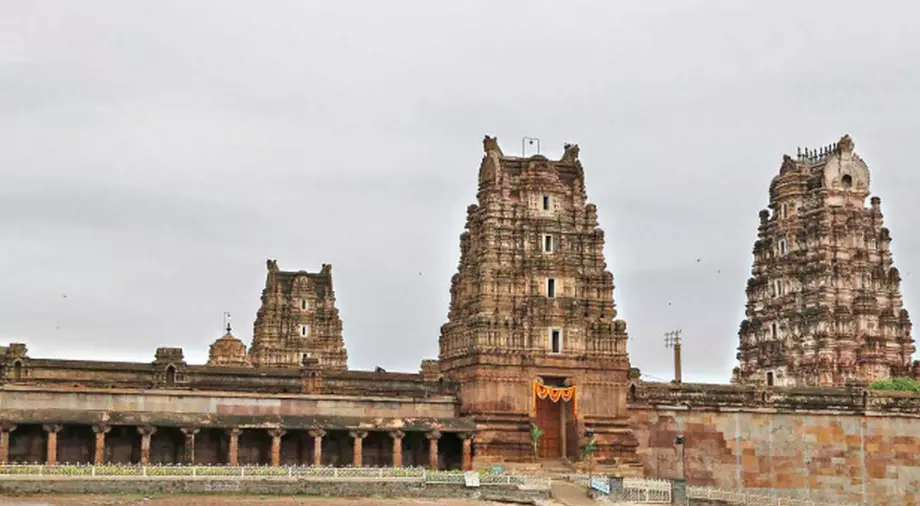Copyright escapistmagazine

After two extremely successful titles, Frontier has only gone and made Jurassic World Evolution 3. While the title felt relatively similar to the previous one in my hands-on session, this doesn’t take away from how excellent a game it was and how much glee I felt when I encountered baby dinosaurs. Set to release on October 21, 2025, and setting you back £49.99 / $59.99, I was interested to see what the Frontier Development team had to say about the new features introduced and how they decided on including them. I sat down with James Stant, Dialogue Manager, as well as Ian Bousher, Narrative Lead, and here’s what they had to say. This interview has been edited for length and clarity purposes. What’s different about Jurassic World Evolution 3 when compared to the previous two games? Bousher: It’s not just managing parks anymore. We’re set just after Jurassic World Dominion, which is an amazing time in the Jurassic Franchise. Stant: Dinosaurs are out in the wild, and humans are learning how to coexist with them. We have an amazing original campaign and original story, which is set after the Jurassic World Dominion movie, and it's that globetrotting adventure that sees us go from North America to East Asia to Europe. And even as you go from the Tex-Mex style of Nevada to the beautiful architecture of Japan, you see how they’ve sort of tried to accommodate dinosaurs, but it’s no easy feat. We’re really excited to have this original storyline with a lot of original characters that we’ve introduced over the course of the series. Bousher: It’s a really epic campaign, with a really hopeful theme as well. And for the first time, there’s an antagonist working against you. Of course, sabotage has always been a big part of the past two games alongside other calamitous events. But this really brings in the moral questions of the Jurassic franchise as a whole. Should we be playing god? Should we be meddling with nature? Of course, Dr Ian Malcolm’s always got something to say about that.” From my playthrough, I absolutely loved the baby dinosaurs. What made you guys want to go down that route for the next major implementation in the series? Stant: Juveniles have been a hugely requested feature. It’s wonderful having such a passionate and supportive community. We wanted to make sure, with this game, whether it’s the juvenile dinosaurs we’re introducing or some of the new attractions, like the balloons or the Cretaceous Cruise, that we’re really listening to what they want and what they want to use to realize their vision for a park. So I think Juveniles felt like a wonderful next step for us because not only is it amazing to see these beautiful prehistoric animals brought to life with their amazing models, fantastic animations, and wonderful sounds, but also it’s just adding in another degree of complexity and challenge to the management. You have to think about how the territory will be affected, because the needs of the juvenile would differ from the needs of an adult. You’ll be thinking about ‘If I’m breeding these, what traits do I want them to inherit and pass down from generation to generation? Because you might want something a bit more docile than aggressive.” You mentioned community feedback. How is it that you guys actually hear the opinions of the community? And how do you decide what is worth implementing and what isn’t? Stant: I think ultimately feedback always comes from a good place - wanting to have a better experience. There’s always a note within each complaint.” So it’s a combination of the many different forums, social media channels, and things like that. We have a wonderful social media team that helps filter this information back to us. They help inform the decisions that we make as we approach a new installment of the Jurassic World franchise like this.” Bousher: James has covered it perfectly. We listen wherever we can.” How can you guys be sure that you’re making the game as realistic as possible, with the exception of the dinosaur element? Stant: Frontier’s got a great relationship with some of the leading minds and figures in palaeontology at the moment, even working with some of the same palaeontologists as the film. People like Steve Brusatte, who has been the go-to palaeontologist for the last couple of films, I believe. We just want to make sure we’re keeping up to date with the latest theories, discoveries, and happenings in the world. But also honouring and preserving the legacy of the Jurassic identity. I think a lot of people come to a game like Jurassic World Evolution 3 to try and build a park with the dinosaurs they see in the films. We see the T. rexes, Velociraptors, Triceratops, Stegosaurus, and all of those you have a memory and feeling of seeing in the cinema or on your television screens. So it’s a fine balance where we’re wanting to acknowledge the latest of what’s happening in the world of palaeontology, but also making something that feels authentically Jurassic and feels cinematic in nature and feel. Bousher: We really think through how it would actually be to run these parks. Even things like the addition of security cameras, for example, are all part of that. It’s all about making it feel like you’re in control of trying to support these animals, whilst chaos is always sort of lurking around the corner. It is, in part, a disaster management game, too, right? Stant: I think the introduction of the maintenance teams has been a great addition because, along with the maintenance and patrols you can set up for those, even though you are still spinning plates as you manage a park, you want to make sure you can still delegate, so you’re not having to do everything. You can actually take the time to just enjoy the moments as they happen rather than having to do everything manually.”



